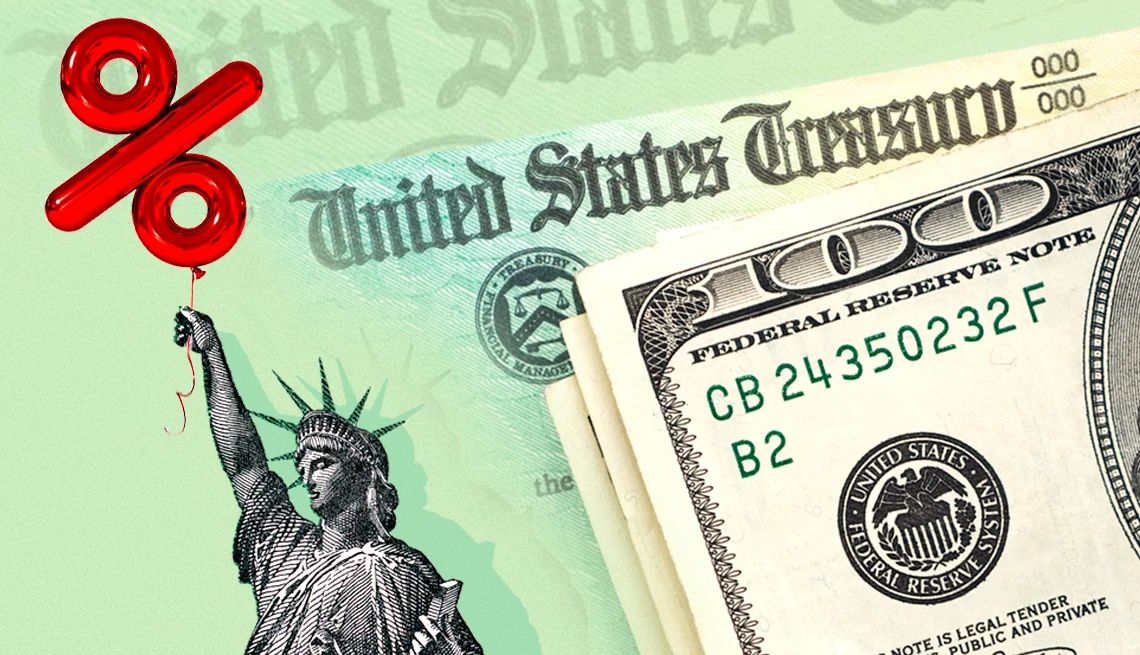How to Buy U.S. Treasury Bills
- Select a language for the TTS:
- UK English Female
- UK English Male
- US English Female
- US English Male
- Australian Female
- Australian Male
- Language selected: (auto detect) - EN

Play all audios:

AARP (Source: Getty Images (3)) Facebook Twitter LinkedIn
If you’re taking out a loan, you probably shout out the name of the Federal Reserve’s chairman, Jerome Powell, whenever you step on a rake. If you’re one of the nation’s long-suffering
savers, however, you may think about sending chocolates to all 12 members of the powerful Federal Open Market Committee, which has hiked the target range on short-term interest rates 11
times since 2022 to the current range of 5.25 percent to 5.5 percent. As a result, savings rates have gone from nearly zero to more than 5 percent in the past 12 months.
A great way to take advantage of rising interest rates is to buy short-term securities issued by the federal government called Treasury bills, or T-bills for short.
Treasuries are IOUs issued by the government that are backed by the government’s full taxing power. They come in three flavors: bills, notes and bonds. A Treasury bill matures in one year or
less, while a Treasury note matures in two to 10 years. A Treasury bond matures in 20 years or more.
We’re going to concentrate on T-bills, because those are what most people use for short-term savings. You can get T-bills with terms ranging from four to 52 weeks.
The government sells all its securities by auction, taking the lowest bids first. Most of the bidders are large financial institutions.
Most individual investors choose to make a noncompetitive bid, in which they simply get the average yield set at auction. If you make a noncompetitive bid, you’re guaranteed to get the
amount of T-bills you ask for.